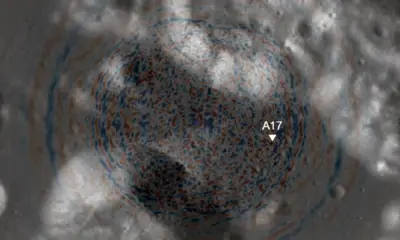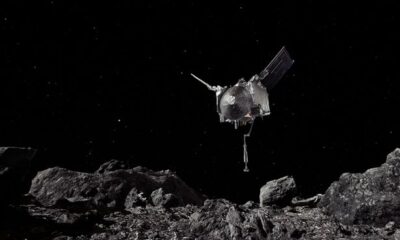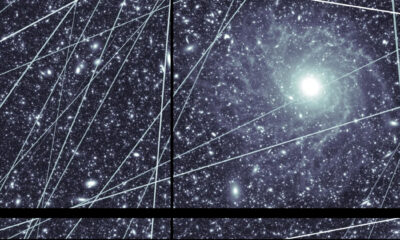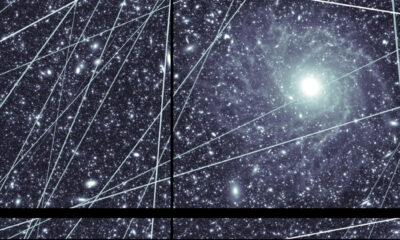Science
NASA Rover Captures Stunning Images of Interstellar Object 3I/ATLAS
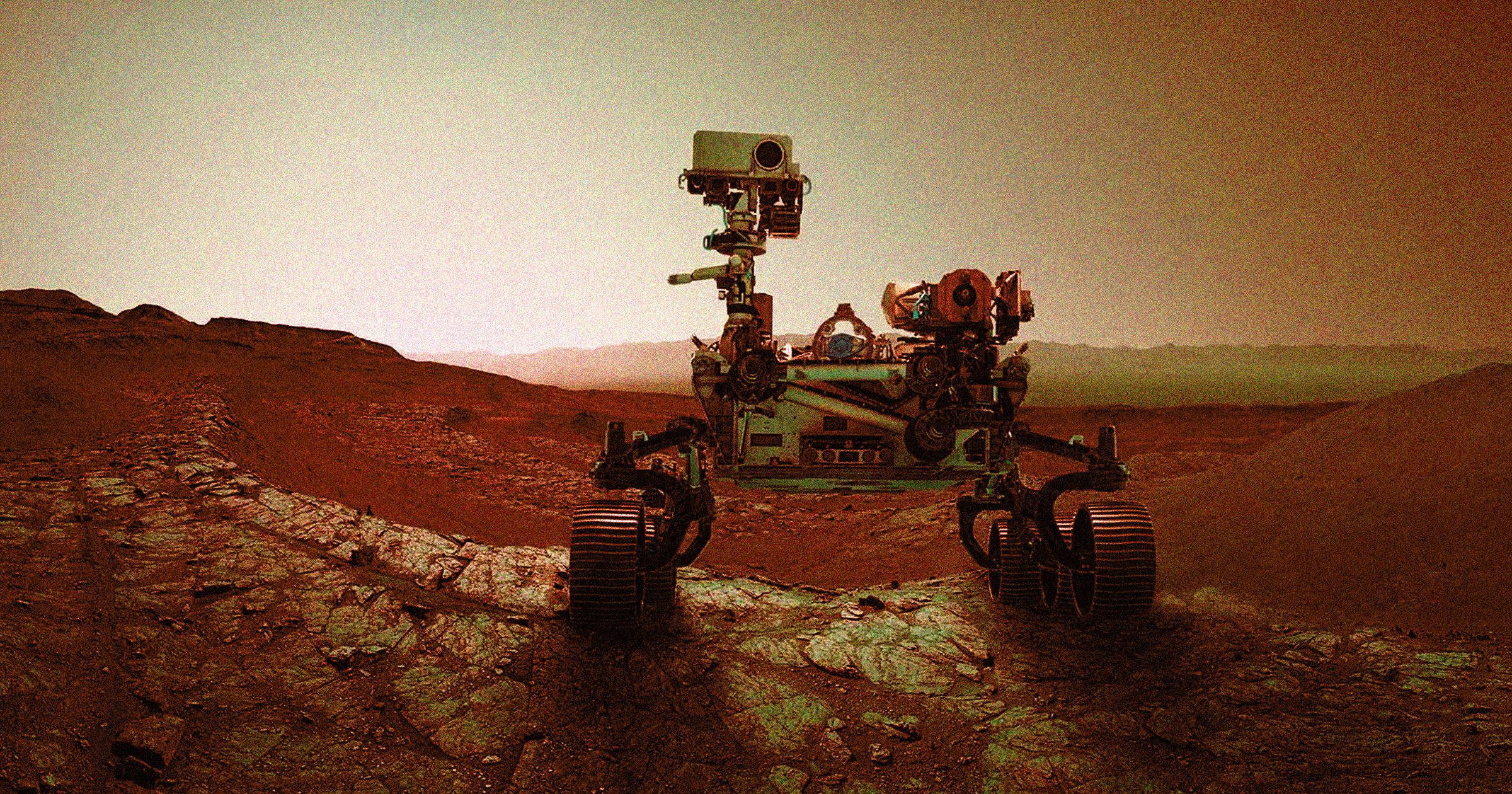
NASA’s Perseverance rover has captured images of the interstellar object known as 3I/ATLAS as it made a close approach to Mars. On its journey through the solar system, this enigmatic object, believed to be a comet, came within approximately 23.6 million miles of the Red Planet. This marks only the third time that a celestial body from outside our solar system has been identified during a close pass.
The images were taken by the rover’s Right Navigation camera (Navcam) and reveal a distinct streak against the vastness of space. These photographs were shared by NASA over the weekend, generating excitement among the scientific community. The object’s proximity has fascinated astronomers since it was first detected in early July.
Harvard University astronomer Avi Loeb, a prominent advocate for closer examination of 3I/ATLAS, provided an analysis of the images in a recent blog post. He calculated that the visible streak in the Perseverance images spans approximately 31,000 miles. However, he cautioned that the actual size of the object may be smaller, attributing the elongated appearance to the camera’s extended exposure time.
Loeb explained, “In conclusion, the stripe in the Navcam image must have resulted from stacking hundreds of Navcam images over a total time interval of about ten minutes.” He noted that in a single snapshot, 3I/ATLAS would likely appear as a circular spot due to the Navcam’s maximum exposure time of 3.28 seconds.
He further remarked, “If the Navcam images represent single snapshots with an exposure time below 3.28 seconds, then the brightness and angular length of the observed source imply that it is not 3I/ATLAS.” This suggests that the object may actually be closer and smaller than it appears.
While the images offer a tantalizing glimpse of 3I/ATLAS, it remains unconfirmed whether they definitively depict the interstellar visitor. NASA has been contacted for official verification of the findings.
In a promising development, Loeb indicated that the HiRISE camera aboard NASA’s Mars Reconnaissance Orbiter also captured imagery of 3I/ATLAS on October 3, 2023. These images have yet to be released, but Loeb anticipates that they could provide valuable data regarding the object’s size and composition.
Loeb previously suggested that 3I/ATLAS might be significantly larger than its predecessors, estimating its mass at 33 billion tons and its diameter at 3.1 miles. “The brightest pixel in the HiRISE image will provide the best constraint yet on the area of 3I/ATLAS,” he noted in his blog post, expressing hope for a swift release of the images by the HiRISE team.
As the scientific community eagerly awaits further information, the observations of 3I/ATLAS underscore the ongoing exploration of our solar system and the intriguing possibilities posed by objects from beyond its boundaries.
-

 Technology5 months ago
Technology5 months agoDiscover the Top 10 Calorie Counting Apps of 2025
-

 Health3 months ago
Health3 months agoBella Hadid Shares Health Update After Treatment for Lyme Disease
-

 Health3 months ago
Health3 months agoErin Bates Shares Recovery Update Following Sepsis Complications
-

 Technology6 days ago
Technology6 days agoOpenAI to Implement Age Verification for ChatGPT by December 2025
-

 Technology4 months ago
Technology4 months agoDiscover How to Reverse Image Search Using ChatGPT Effortlessly
-

 Technology1 month ago
Technology1 month agoDiscover 2025’s Top GPUs for Exceptional 4K Gaming Performance
-

 Technology3 months ago
Technology3 months agoElectric Moto Influencer Surronster Arrested in Tijuana
-

 Technology5 months ago
Technology5 months agoMeta Initiates $60B AI Data Center Expansion, Starting in Ohio
-

 Technology5 months ago
Technology5 months agoRecovering a Suspended TikTok Account: A Step-by-Step Guide
-

 Health5 months ago
Health5 months agoTested: Rab Firewall Mountain Jacket Survives Harsh Conditions
-

 Health3 months ago
Health3 months agoAnalysts Project Stronger Growth for Apple’s iPhone 17 Lineup
-

 Lifestyle5 months ago
Lifestyle5 months agoBelton Family Reunites After Daughter Survives Hill Country Floods

